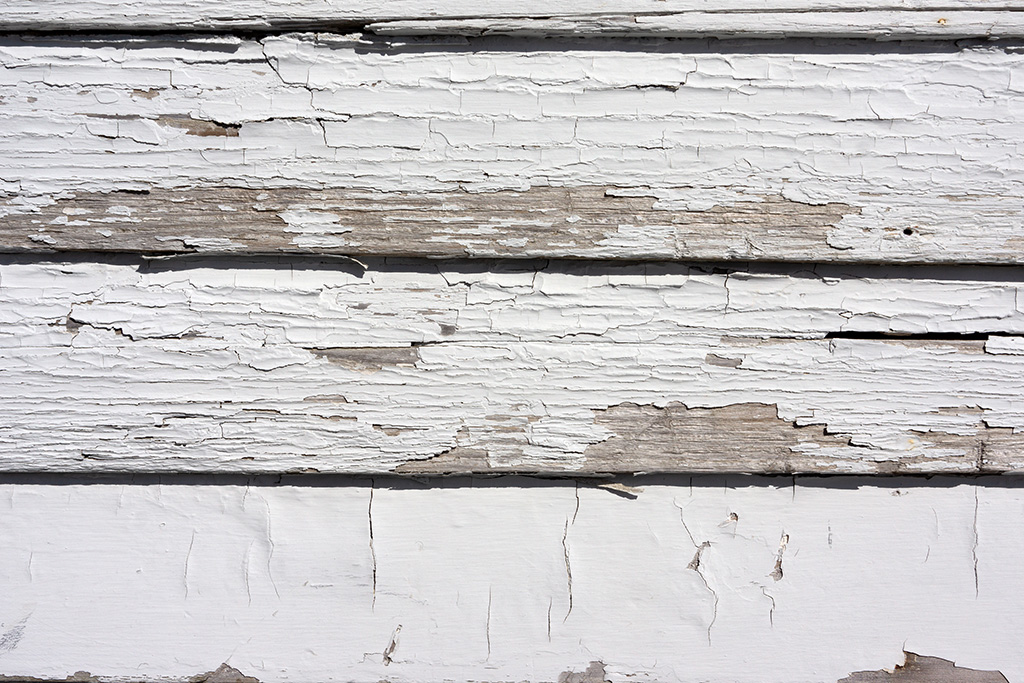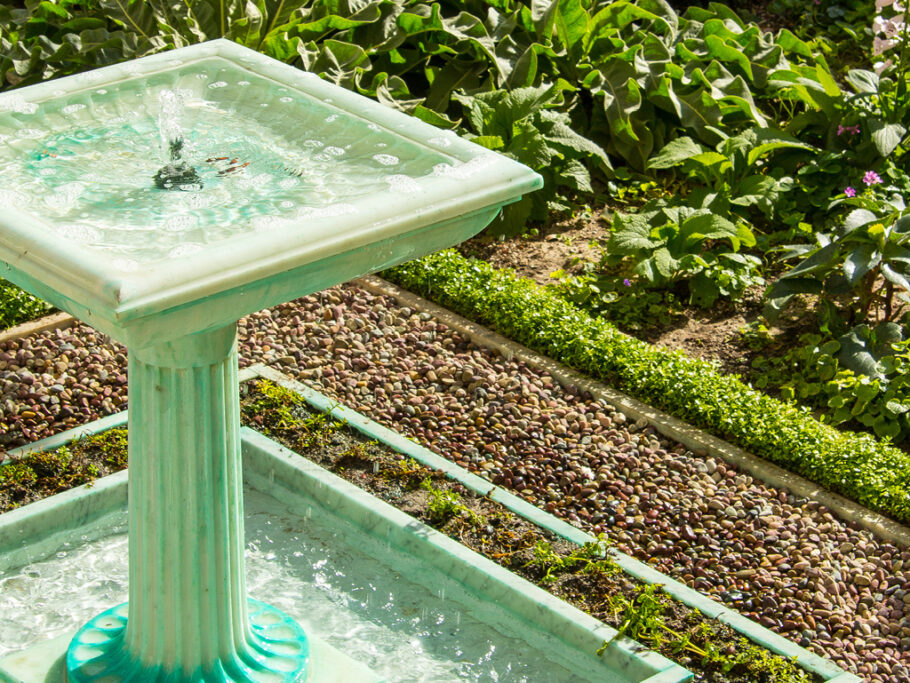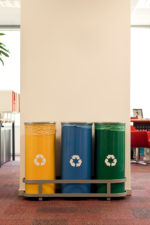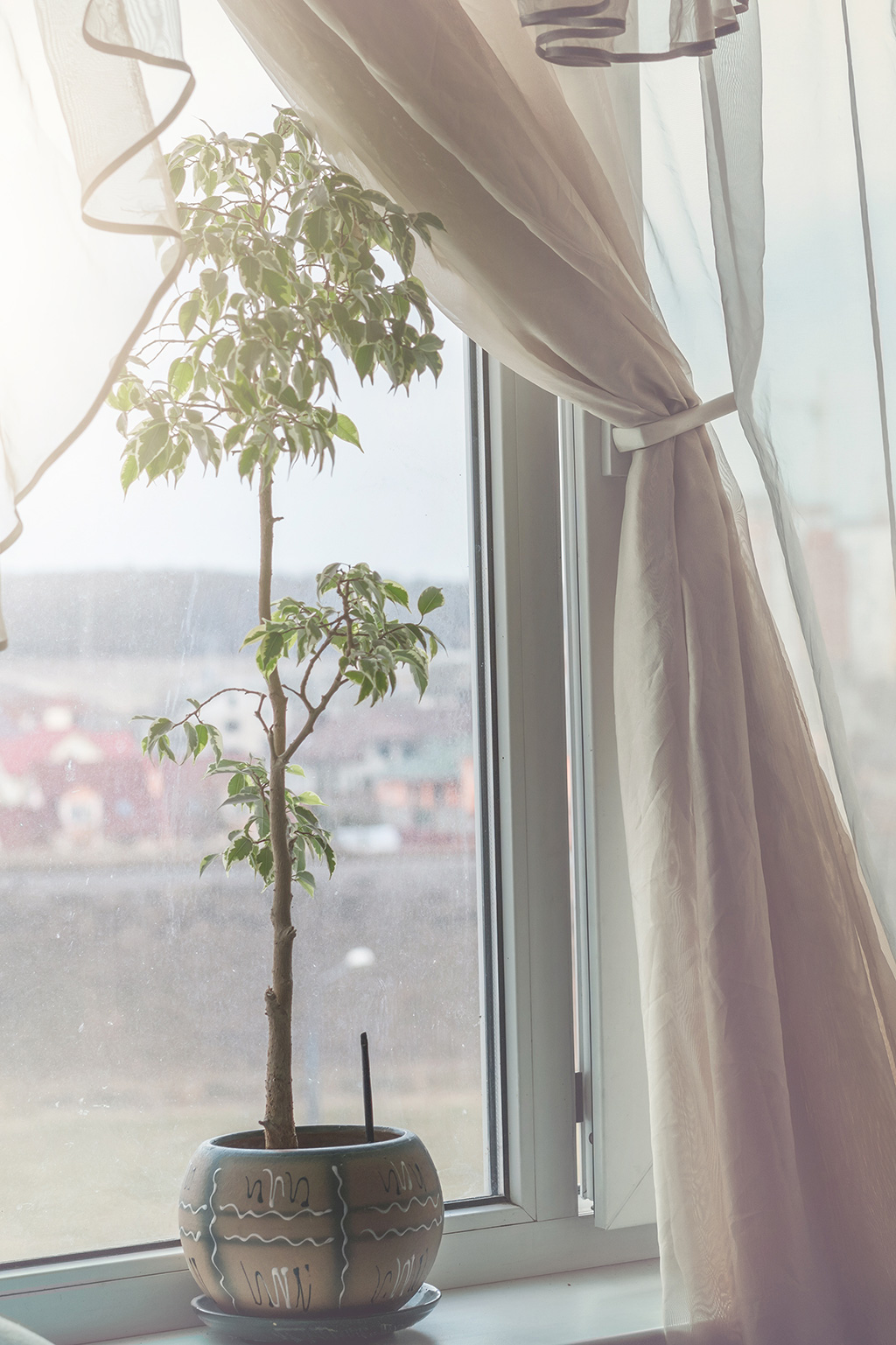Protect Your House from Sun Exposure
Sunlight peers through a steel-framed window, bestowing a pleasant golden glow throughout a room. It gently touches curated artwork, the upholstered arm of a sofa, and the vibrant fibers of a valuable rug. Everywhere it goes, it gifts immense beauty—and slowly renders permanent damage.
Our star is generous enough to provide warmth and boost our mood with its glimmering rays, but in exchange for our appreciation, it warps, cracks, dries, and fades most surfaces it touches. Over time, the results of this damage may become evident and, depending on the cost of the damaged goods, potentially horrifying. What can be done to protect your indoor valuables without shunning the light completely? The answer is simple: strategize your design around the sun. Then you can continue reveling in natural ambient light indoors.

Serious side effects
Just as the sun’s ultraviolet (UV) rays are responsible for sunburns and other skin damage, this radiation light can also roast your home’s decor. Consider that many popular home materials are made of organic matter, including wool, leather, and cotton, and you can fathom how direct sunlight would produce similar results with the accoutrements throughout your home. UV light can fade rugs and artwork into irreversible ruin, and wooden furniture can darken unevenly in sun-soaked areas. Upholstered furniture wrapped in plant-based materials can also fade, while leather will harden and crack in the sun.
Even paint can succumb to the effects of UV sunlight, which can bleach it into unpleasant shades over time. This is not to mention how the sun can wreak havoc on seemingly resilient building materials like hardwood flooring and wallpaper. Just about every material except for stone falters in the face of direct UV light exposure.

The cardinal rules of direction
The sun moves from east to west across the sky, casting light into your home at different times and intensities depending on the direction your windows happen to face. While east-facing rooms endure the most intense sunlight in the morning hours, west-facing rooms bear the brunt of afternoon and sunset rays. North-facing rooms receive the least amount of natural light, and south-facing windows absorb consistent light throughout the day.
A less-than-ideal home orientation can put your valuable decor at risk of premature damage if placed in a room that receives too much light. For instance, a bedroom that faces east and receives obtrusive sunrise light might not be the best spot to hang revered artwork. Conversely, a living area directed due north that appears noticeably well-shaded all day would best protect your precious pieces (and may give the room a needed spark of life).

Barriers to entry
Window treatments are the obvious and most time-tested solution to obtrusive sunlight, but the proper treatment type will vary by room. When decorating, weigh the advantages and disadvantages of window features that either filter UV rays or omit sunlight completely, making sure to factor in how you’d like to enjoy each setting.
Bedrooms
Thick blackout drapes are best hung across bedroom windows, lending the perfect combination of privacy and a blockade to direct morning sunshine. They can also reduce energy costs by insulating against outdoor temperatures. If you appreciate awakening to gentle indirect sunlight, you could also consider hanging thin, light-filtering curtains, which sift light without obstructing it completely. For a hybrid experience, try double curtain rods, such as these West Elm pieces, which can support two types of treatments in a streamlined fixture over a single window.
Kitchen
Those with north-facing kitchens may crave extra daylight, especially in the morning. Hang charming roller shades like these modern designs by the Shade Store to vary your light exposure throughout the day and welcome soft northern or western light. If your kitchen faces a less ideal direction, like east or south, consider thicker blackout shades, which you can adjust to eliminate sunlight during the brightest hours.

Living spaces
A UV-filtering tint can reduce the damaging effects of sunlight without obscuring the view of your lawn and garden, making this the ideal type of window treatment for living rooms, dining rooms, dens, and other common areas. Tinting bare windows also permits you to embrace a spacious indoor-outdoor design. While tint can work in combination with other window treatments, it’s best implemented in rooms where you’re more likely to spend time lingering during daylight hours.
Study areas
If you work from a home office or have a home library, the stimulating effects of sunlight are especially valuable. Design these study spaces with bare, tinted windows, then hang light-filtering curtains for a classic Tudor-influenced design. Adjust the curtains accordingly to reduce the glare on your screens and to optimize appealing webcam lighting throughout the day. Blinds and pleated shades are also purposeful in these rooms, but curtains lend a more formal style.

Prioritize sun protection
Should you risk exposing your interiors to unfiltered sunlight, at least apply the decor version of sunscreen. Invest in a fabric-protecting furniture spray that can shield upholstery from the effects of UV radiation. Note that it’s important to follow the product’s directions, as application times and appropriate surface types may vary.
In addition, just as limiting your time in the sun safeguards your health, you can also put forethought into where you position your decor. Lighter-colored upholstery is somehwat more fade resistant, as are synthetic fabrics, so place only these suitable pieces in the path of UV light. Framing art behind glass offers slightly more sun resilience, but be forewarned that treasured art belongs well out of reach of direct sun. You may also want to place your most valuable furniture and decor in darker or sun-shaded rooms. After all, embracing sunlight may be pleasant, but respecting it is shrewd design.
































